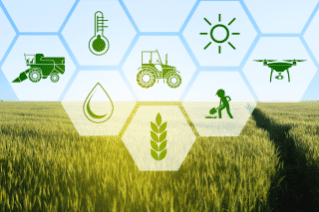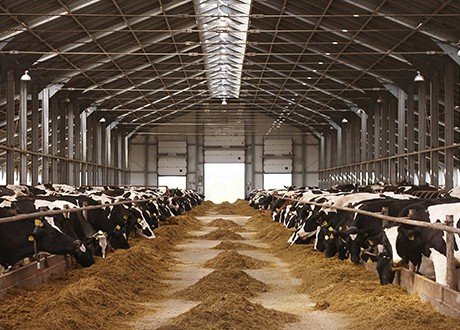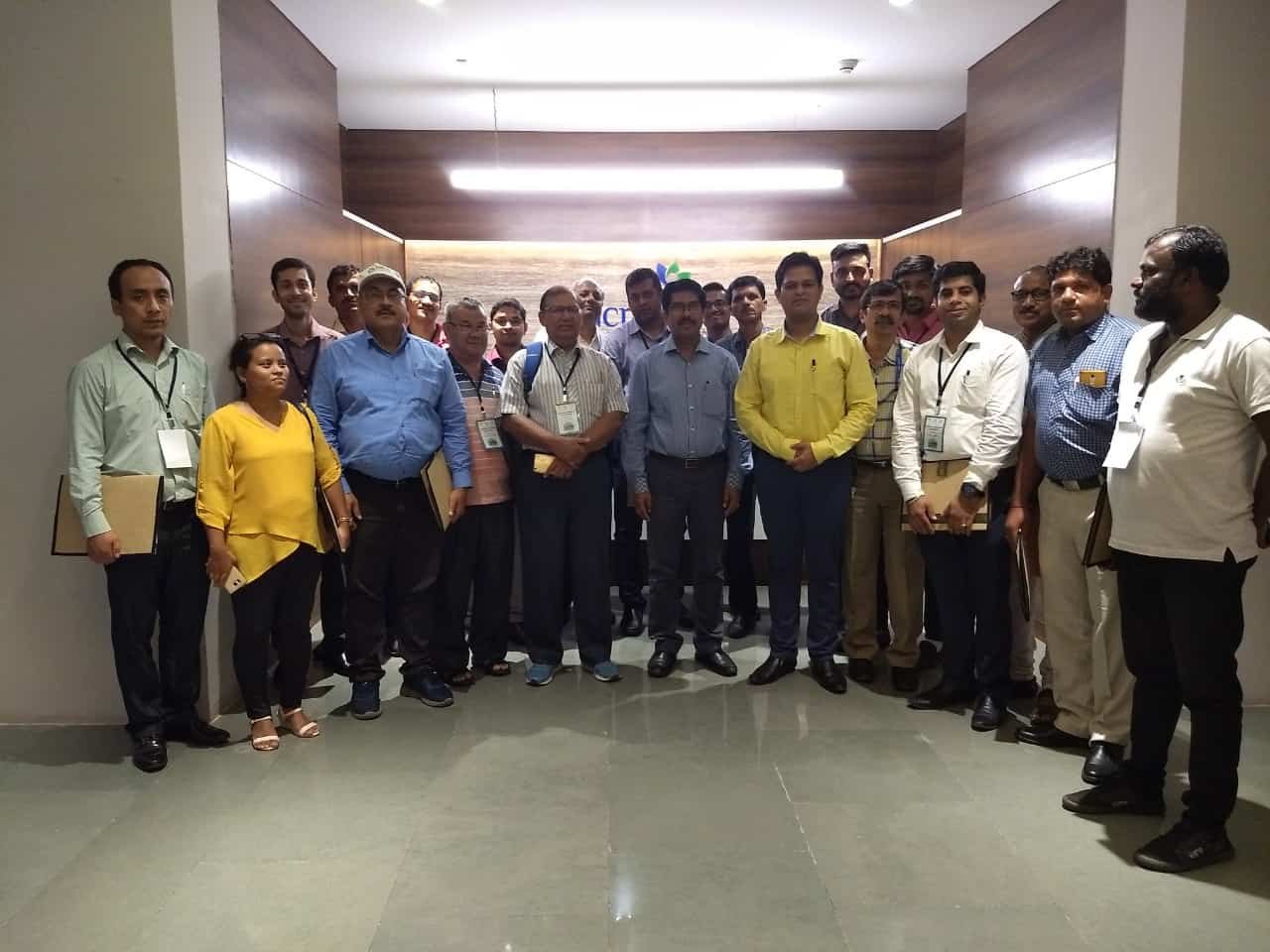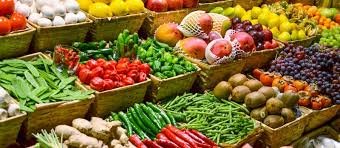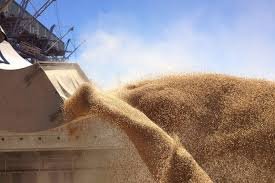Countries should immediately review their trade and taxation policy options – and their likely impacts – and work in concert with one another to create a favourable environment for food trade
The Food and Agriculture Organization (FAO) chief economist Maximo Torero Cullen has mapped the ways the world can mitigate shocks to agriculture and food systems in the wake of the COVID-19 pandemic, which has put the world on a crisis footing, with unprecedented actions to restrict movements and plans for radical deployment of public funds to combat the threat posed by a novel coronavirus that knows no boundaries.
Success will entail coherent and robust plans for our food systems. The framework outlined by him will help countries think about and craft these plans.
As more countries adopt lockdown policies to contain and mitigate the COVID-19 crisis, is there a risk that we will run out of food?
“The short answer is both yes and no. There is that risk, but we have plenty of ways to reduce its likelihood, and the sooner we adopt them the more we can avoid exacerbating the global health crisis,” Cullen stated.
“Right now, supermarket shelves remain well-stocked. But already we can see signs that pressures due to lockdowns are beginning to impact supply chains, such as the slowdown in the shipping industry. Disruptions, particularly in the area of logistics, could materialise in the coming months,” he added.
“Governments are rolling out large-scale campaigns against the coronavirus, and battle plans should include measures aimed at lessening the shocks to their food supply chains. These have to be kept alive, for everybody obviously, and for the most vulnerable, keeping in mind that the public health imperatives require everyone to collaborate and so must be possible for all,” Cullen said.
“So, the long answer, so to speak, is no because we cannot afford to make the mistakes that would exacerbate suffering now,” he added.
What is the first step?
“Coordinated policy responses encompass all steps but let me emphasise the priority of bolstering capacities to enhance emergency food assistance and bolster safety nets for vulnerable populations,” the FAO chief economist stated.
“Schools are closing down around the world, which means 300 million children will miss out on school meals, which for many of them were already critical sources of nutritious diets. On top of that, lockdown measures translate into layoffs and reduced income, making it more of a struggle for families to put food on the table,” he added.
“These households need cash more than anything else. One-off payments, as used for example by Hong Kong and Singapore, or multiple cash transfers, using existing programmes such as the SNAP programme in the United States or China’s move to accelerate payments of unemployment insurance, are appropriate,” Cullen said.
“Peru has targeted the vulnerable by boosting cash benefits for those over 65. In some contexts, moratoria on taxes and mortgage payments, as Italy is offering in its already-decreed Heal Italy package, will be effective,” he added.
“It is important that such measures are robust and credible, as predictability is essential in a situation where workers are being forced to stay home and practise physical distancing. To be sure, food banks and efforts by charities and non-governmental organisations can also be mobilised to deliver food,” Cullen said.
What is the role of global food trade?
“Global food trade has to be kept going. One of every five calories people eat have crossed at least one international border, up more than 50 per cent from 40 years ago. Low- and middle-income countries account for around a third of the world’s food trade, which provides very significant contributions both to incomes and welfare,” the FAO chief economist stated.
He added, “Countries that depend on imported food are especially vulnerable to slowing trade volumes, especially if as has been happening their currencies decline. While retail food prices are likely to rise everywhere, their impact is more adverse when sudden, extreme and volatile, and where food costs account for a larger share of household budgets and where spikes can have longer-term effects on human development and economic productivity in the future.”
“Countries should immediately review their trade and taxation policy options – and their likely impacts – and work in concert with one another to create a favourable environment for food trade. Beggar-thy-neighbour policies, which popped up in the form of higher export taxes or outright export bans by some countries during the global food price crisis of 2008, must be prevented,” Cullen stated.
“They tend to produce copycat reactions, and they make things worse for everyone, not just for smaller trading partners. Open global food trade helps keep downstream food markets functioning,” he added.
“It would help stabilize world food markets if harmful import tariffs, non-tariff trade barriers and value-added taxes were temporarily reduced. At the very least, we must make the Hippocratic Oath of doctors our own,” Cullen stated.
What about domestic markets?
“The bulk of food-supply actions take place within countries, to be sure. But there are still supply chains, which in the case of farmers are a complex web of interactions involving farmers and farm labourers, key inputs such as fertilisers, seeds and veterinary medicines, processing plants, freight distributors, retailers and more,” the economist stated.
“A global pandemic will quickly strain such webs, so to prevent food shortages, every effort must be made to keep them intact and moving efficiently. While we all know that fruit that goes unpicked or unsold will go bad, similar interactive time constraints are common along the chain,” he added.
Cullen stated, “Ultimately, farmers won’t grow what nobody can buy, so the issue is about affordability but also availability and accessibility. Ensuring the safety of food-system workers is paramount, so on-site health measures, empowering sick-leave policies, physical distancing instructions and capabilities need to be assured, and the same applies to the delivery sector.”
“More than a fourth of the world’s farm work is done by migrant workers, so to avoid labour shortages visa protocols should be expedited, regardless of how counterintuitive that may seem right now,” he added.
“Just as frontline healthcare workers are hailed as heroes, those who staff the critical infrastructure of our food system deserve recognition and gratitude, not stigma and neglect, during these trying times,” Cullen said.
“Meanwhile, visitors should be barred from production facilities as well as warehouses and wholesale markets. End-sale points such as supermarkets have begun reducing hours and rotating staff, while contact-free delivery services are becoming more widely used. E-commerce platforms have huge potential here as China has demonstrated,” he added.
What about smallholder farmers?
“A paradox of global hunger is that, despite their activity, smallholder farmers in the rural areas of developing countries are disproportionately at risk of food insecurity themselves, with low incomes a major reason for that,” Cullen said.
“It would be tragic if that problem were to be exacerbated, and their ability to produce food reduced, at a time when we are trying to make sure that food supply remains adequate for everyone. So, policy makers must pay attention to them,” he added.
“What we know – and we saw it during lockdowns in West Africa during the Ebola crisis – is that restriction of movements and road closures curb farmers’ access to markets both to buy inputs and sell products,” Cullen stated.
He added, “They also reduce the availability of labour at peak seasonal times. The result is that fresh produce can accumulate without being sold, leading to food losses, while those who grow it lose income.”
“This is a doubly relevant issue for Africa, where the continent’s food supply is already threatened by the desert locust scourges. Another point here is that what we have seen so far is a spate of exceptional purchases of non-perishable foodstuffs. In Italy, demand for flour has spiked by 80 per cent,” Cullen stated.
“Canned goods are all the rage. Yet, due to psychology and the restrictions on movement, it has proven harder to sell fresh produce and fish, both of which are harder to store for future consumption,” he added.
“So, what to do? Temporary cash handouts for poor farmers are essential, as well as grants to restart production. Banks can waive fees on farmers’ loans and extend payment deadlines; capital can be injected into the agriculture sector to help small and medium-sized agribusinesses – and their work force – stay afloat,” Cullen said.
He added, “Governments can during the emergency make a point of purchasing agricultural products from small farmers to establish strategic emergency reserves for humanitarian purposes. China’s lockdown around the city of Wuhan offers some lessons.”
“The Vegetable Basket, conceived in 1988, was revived, allowing access to fresh and nutritious produce to urban residents and benefiting periurban farms in the vicinity,” Cullen said.
He added, “In some provinces, local governments responded to bottlenecks in slaughterhouses by centralising activity and paying for refrigeration costs to keep livestock activities functional and tap them for contributions to the ultimate goal of making sure that food is available for those unable to leave their homes.”
Are you optimistic?
“We must, and we will, survive the coronavirus pandemic. But we must understand – now – the enormous damage that measures taken to combat it will inflict on our global food system,” Cullen said.
He added, “FAO has a lot of expertise on these matters and can help countries that need fast-tracked policy advice. By working together, we can mitigate that, and need to do so. Enacting the measures mentioned above, and actively seeking international cooperation, can help all countries brace for the battle to be engaged jointly.”
Countries should immediately review their trade and



